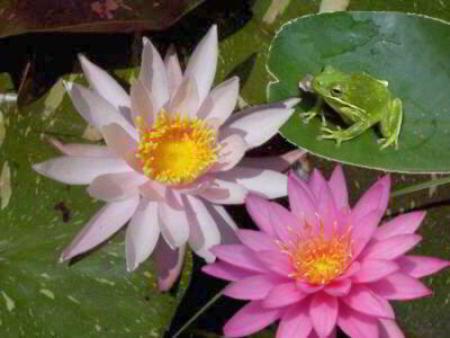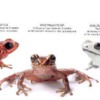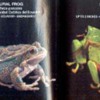Thank you for the post Inda.
Everything that we read nowadays is getting more and more alarming.

I found more information on this topic at:
http://www.sfgate.com/cgi-bin/...7/07/MNG0LJRC9U1.DTLAt least one-third of the world's known amphibians are threatened by the combination of attacks, and up to 122 species have become extinct within the past 25 years, the international team of specialists is reporting in today's edition of the journal Science.
"Amphibian declines and extinctions are global and rapid," 50 of the world's leading specialists on water-dwelling animals declared in a joint report. At least 427 species are "critically endangered," they said.
The effects are being felt in California's High Sierra, where Berkeley scientists found that the disease is rampant and killing yellow-legged frogs and Yosemite toads, whose populations already are being strained by development and pollution.
While the spread of the disease is a major new threat to all amphibians, the scientists reported that the greatest current danger to every threatened species is still the loss of habitat as cities and suburbs expand, streams and ponds and wetlands give way to the needs of farmers, and forest lands are destroyed.
But the fungus, a unique species called Batrachochytrium dendrobatidis, could start taking on a larger role in the increasing extinction because of global warming, which scientists suspect is lowering amphibians' resistance to the disease
The fungus was discovered in Australia and Panama only eight years ago and since then has spread across Europe and both the Americas, causing skin infections called chytrid disease in every amphibian species it attacks. The death rate from the infections is 100 percent, biologists have found. The disease, they concluded, "causes catastrophic mortality in amphibian populations, and subsequent extinctions."
The list goes on, and it is very disturbing.
Love,
yoko







